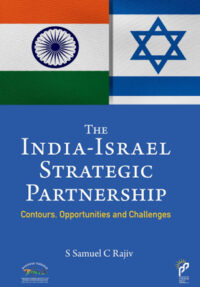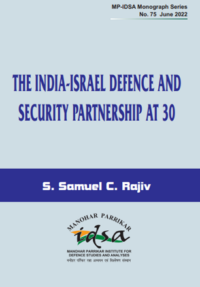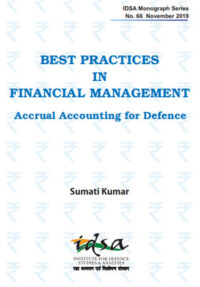How Workable will Consultants be in the Existing Framework of the Ministry of External Affairs?
There are also grey areas to the extent that the professional and hierarchical relationship which the Consultants will have with regular IFS officers is yet to be clearly outlined.
- Gautam Sen
- July 06, 2015











